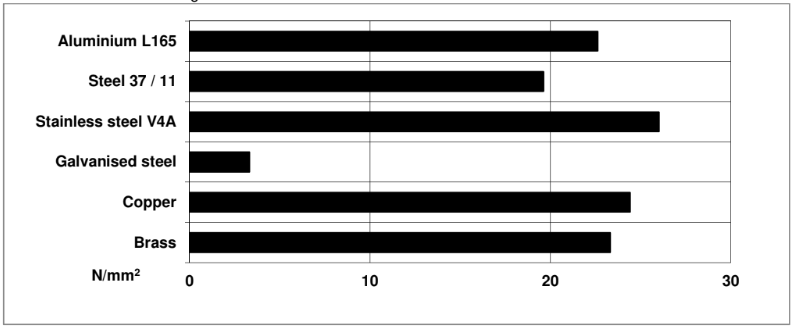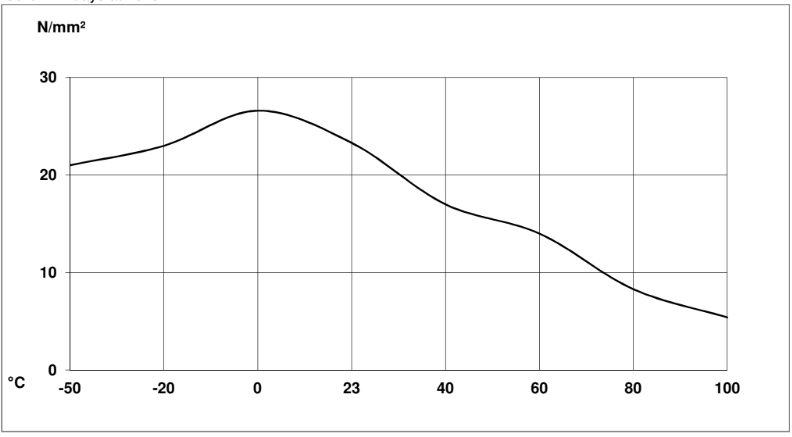Enhanced TDS
Identification & Functionality
- Chemical Family
- RTU Product Type
- Technologies
- Product Families
Features & Benefits
- Ready-to-Use Product Features
- Key Properties
- Hardener can be applied to substrate and stored for up to 30 days
- Very rapid cure after joining, 5 minutes handling strength
- High shear strength and peel strength
- Bonds well to a wide range of metals and plastic materials
- Good thermal stability and moisture resistance
Applications & Uses
Technical Details & Test Data
- Processing
Pretreatment
The strength and durability of a bonded joint are dependant on proper pretreatment of the surfaces to be bonded, however the methacrylate adhesives can be used effectively with little surface preparation. Ideally joint surfaces should be cleaned with a good degreasing agent such as acetone, iso-propanol or proprietary degreasing agent in order to remove all traces of oil, grease and dirt. Low grade alcohol, gasoline (petrol) or paint thinners should never be used. The strongest and most durable joints are obtained by either mechanically abrading or chemically etching (“pickling”) the degreased surfaces.
Application of adhesive
Depending on the type of application, the hardener lacquer can be applied by spraying, brushing, roll-coating or dipping one or both surfaces to be bonded. The lacquer dries sufficiently in about 4 minutes to allow bonding, transporting or storage. Surfaces coated with Hardener Lacquer 2 can be stored for several weeks without losing the hardener’s reactivity. Once the Hardener Lacquer 2 has dried, the adhesive is applied to one of the two surfaces. Then the parts are joined immediately and fixed under contact pressure. Polymerisation starts as soon as the adhesive touches the Hardener Lacquer 2. The bond can be carefully handled after the time indicated overleaf to reach to lap shear strength of 1N/mm².A layer of adhesive 0.15 to 0.25 mm thick will normally impart the greatest lap shear strength to a joint, although joints of up to 0.8mm gap can be assembled. For joint gap widths up to 0.4 mm, application of hardener lacquer to just one surface is sufficient. To bridge wider joint gaps, hardener lacquer must be applied to both parts. Gaps wider than 0.8 mm should be avoided since the adhesive may not fully cure. The joint components should be assembled and clamped as soon as the adhesive has been applied. An even contact pressure throughout the joint area will ensure optimum cure. If adhesive is applied to one surface and hardener lacquer to the other, this method of separate processing allows bonding operations practically independent of the pot life.
Mechanical processing
Specialist firms have developed metering, spraying and spreading equipment that enables the bulk processing of adhesive. We will be pleased to advise customers on the choice of equipment for their particular needs.
Equipment maintenance
All tools should be cleaned before adhesives residues have had time to cure. The removal of cured residues is a difficult and time-consuming operation. If solvents such as acetone are used for cleaning, operatives should take the appropriate precautions and, in addition, avoid skin and eye contact.
- Curing Speed Information
Typical times to minimum shear strength
Temperature °C 10 15 23 40 Cure time to reach hours - - - - LSS > 1N/mm² minutes 5 4 3 2 Cure time to reach hours - - - - LSS > 10N/mm² minutes 7 7 6 4 - Cured Properties
Unless otherwise stated, the figures given below were all determined by testing standard specimens made by lap- jointing 114 x 25 x 1.5 mm strips of aluminium alloy. The joint area was 12.5 x 25 mm in each case. The figures were determined with typical production batches using standard testing methods. They are provided solely as technical information and do not constitute a product specification.
Average lap shear strengths of typical metal-to-metal joints (ISO 4587) (typical average values)
Cured for 7 days at 23°C and tested at 23°C
Pretreatment - Sand blasting

Average lap shear strengths of typical plastic-to-plastic joints (ISO 4587) (typical average values)Cured for 7 days at 23 oC and tested at 23°C
Pre-treatment - Lightly abrade and isopropanol degrease. Note - failure modes are mainly substrate failure
Lap shear strength versus temperature (ISO 4587) (typical average values)Cure: = 7 days at 23°C

Roller peel test (ISO 4578) at 23°C (typical average values) 6 N/mm, No clear transition – refer to LSS/temp. and
Glass Transition Temperature (Tg) G’/temp Tensile strength (ISO 527) (typical values) 26 MPa Elongation at break: 7.2 % Coefficient of thermal expansion (-30°C/+30°C) 70 x 10-6/oK (Cured 7 days at 23°C)
Lap shear strength versus immersion in various media at 23°C (typical average values)
Substrate – gritblasted aluminium

Lap shear strength versus tropical weathering (ISO 4587) (typical average values)(40°C/ 92% RH), on aluminium, Cure 7 days at 23°C

Shear modulus (DIN 53345)
cured 7 days at 23 °CTemperature G’ modulus ^ (Tan delta) -40°C 2 GPa 3.45 E-2 -20°C 1.7 GPa 5.24 E-2 0°C 1.4 GPa 7.25 E-2 20°C 1.05 GPa 9.84 E-2 40°C 0.75 GPa 1.2 E-1 60°C 0.45 GPa 1.7 E-1 80°C 0.15 GPa 3.4 E-1 100°C 50 MPa 4.9 E-1 120°C 12 MPa 4.5 E-1
Safety & Health
- Handling Precautions
Caution
Our products are generally quite harmless to handle provided that certain precautions normally taken when handling chemicals are observed. The uncured materials must not, for instance, be allowed to come into contact with foodstuffs or food utensils, and measures should be taken to prevent the uncured materials from coming in contact with the skin, since people with particularly sensitive skin may be affected. The wearing of impervious rubber or plastic gloves will normally be necessary; likewise the use of eye protection. The skin should be thoroughly cleansed at the end of each working period by washing with soap and warm water. The use of solvents is to be avoided. Disposable paper - not cloth towels - should be used to dry the skin. Adequate ventilation of the working area is recommended. These precautions are described in greater detail in the Material Safety Data sheets for the individual products and should be referred to for fuller information.
Storage & Handling
- Storage Conditions
Araldite F300 and Hardener Lacquer 2 must be stored at 2-8°C in sealed containers. When stored at 23°C the life is a maximum of 6 months. The expiry date, assuming 2- 8°C storage is indicated on the packaging.
